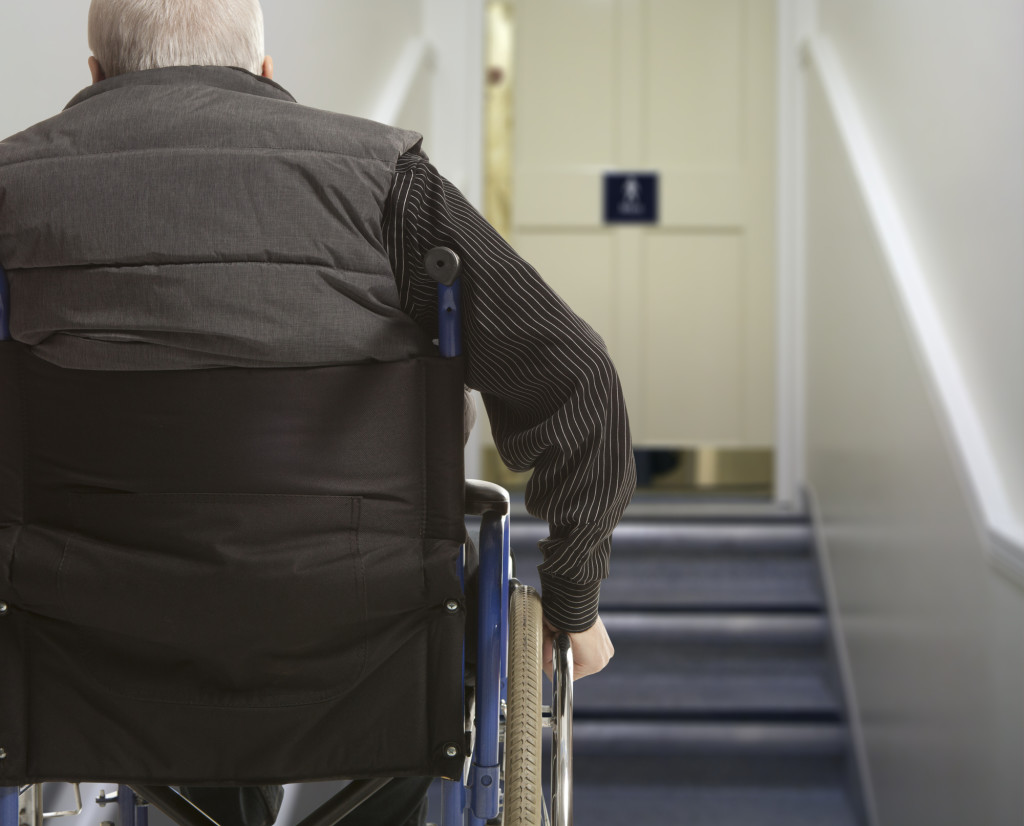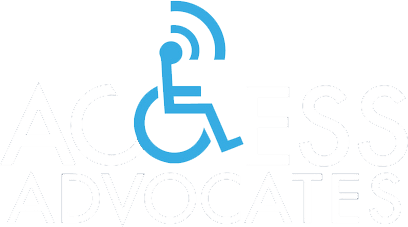 QUESTION:
QUESTION:
What is the difference between the American’s With Disabilities Act (ADA) of 1990 and the ADA Amendments Act of 2008 when it comes to privately-owned buildings and readily achievable barrier removal?
ANSWER:
The ADA of 1990 wasn’t as detailed and explicit as one would hope when it comes to defining the timeframe by which building owners are required to make necessary modifications to remove barriers and achieve compliance. With the ADA Amendments Act of 2008, we get a better definition regarding readily achievable barrier removal.
See below from 42 U.S. Code § 12181 – Definitions:
SUBCHAPTER III – PUBLIC ACCOMMODATIONS AND SERVICES OPERATED BY PRIVATE ENTITIES
Sec. 12181. Definitions
As used in this subchapter:
(9) Readily achievable
The term “readily achievable” means easily accomplishable and able to be carried out without much difficulty or expense. In determining whether an action is readily achievable, factors to be considered include
(A) the nature and cost of the action needed under this chapter;
(B) the overall financial resources of the facility or facilities involved in the action; the number of persons employed at such facility; the effect on expenses and resources, or the impact otherwise of such action upon the operation of the facility;
(C) the overall financial resources of the covered entity; the overall size of the business of a covered entity with respect to the number of its employees; the number, type, and location of its facilities; and
(D) the type of operation or operations of the covered entity, including the composition, structure, and functions of the workforce of such entity; the geographic separateness, administrative or fiscal relationship of the facility or facilities in question to the covered entity.
(2) Commercial facilities
The term “commercial facilities” means facilities
(A) that are intended for nonresidential use; and
(B) whose operations will affect commerce.
Such term shall not include railroad locomotives, railroad freight cars, railroad cabooses, railroad cars described in section 12162 of this title or covered under this subchapter, railroad rights-of-way, or facilities that are covered or expressly exempted from coverage under the Fair Housing Act of 1968 (42 U.S.C. 3601 et seq.).

We at ACCESS will always start our research looking and reviewing the definition regarding “readily achievable”. Access Advocates uses our ADA architectural skills honed over the last 20 years to help you get buildings ADA compliant, one building at a time. Our services are free to people with disabilities. We want to help you make a difference and get buildings ADA compliant.
Contact us today! Do you have a question for Hank, our ADA expert? Ask him here and he’ll send you a private, personal response.
Interested in learning more? Stay tuned as we continue our summer series with new posts detailing the main differences between the ADA of 1990 and the ADA Amendments Act of 2008. We’ll be sharing this information over the course of the summer, so check back often!
